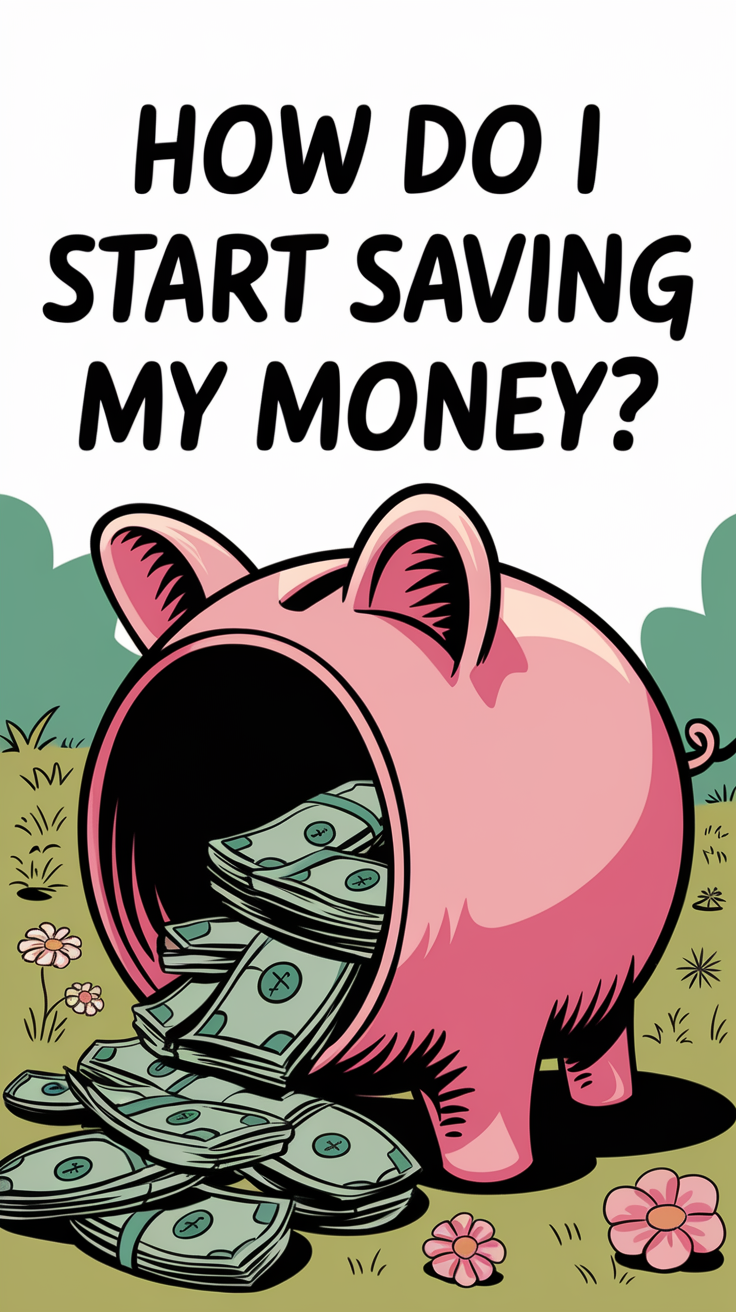How to Get Out of Debt and Start Saving
Being in debt can feel like being stuck in a never-ending cycle. I know from personal experience how overwhelming it can be. The good news is that with a clear plan, some discipline, and a willingness to change, you can turn things around. Let’s dive into proven strategies to help you eliminate debt and build financial stability.
Assess Your Financial Situation
Create a Debt Overview
The first step is understanding where you stand. List all your debts, including:
- Total balances.
- Interest rates.
- Minimum payments.

Debt Overview Table
| Debt Type | Balance ($) | Interest Rate (%) | Minimum Payment ($) |
|---|---|---|---|
| Credit Card A | 5,000 | 18.5 | 150 |
| Personal Loan | 10,000 | 12.0 | 250 |
| Car Loan | 7,500 | 7.5 | 300 |
Create a Realistic Budget
Categorize Income and Expenses
Track your monthly income and expenses to identify where your money goes. Divide your spending into essentials, discretionary items, and debt payments.
Budget Breakdown Table
| Category | Percentage of Income | Monthly Amount ($) |
|---|---|---|
| Essentials | 50% | 1,500 |
| Debt Repayment | 20% | 600 |
| Savings | 10% | 300 |
| Discretionary | 20% | 600 |

Stick to the Budget
Use apps like Mint or YNAB to keep track of your spending. Set alerts for overspending and automate savings to stay consistent.
Select a Debt Repayment Strategy
Debt Snowball vs. Debt Avalanche
Two popular strategies to pay off debt:
- Debt Snowball: Pay off the smallest balances first to gain momentum.
- Debt Avalanche: Focus on debts with the highest interest rates to save more in the long run.
Example Debt Repayment Timeline
| Month | Debt Paid Off | Strategy Used | Remaining Balance ($) |
|---|---|---|---|
| 1 | Credit Card A | Snowball Method | 4,500 |
| 3 | Car Loan | Avalanche | 6,500 |
Increase Your Income
Explore Additional Income Sources
Boosting your income can help you pay off debt faster:
- Freelancing: Use platforms like Fiverr or Upwork.
- Side Hustles: Drive for Uber, sell crafts, or tutor online.
- Declutter and Sell: Use eBay or local marketplaces to sell unused items.

Build an Emergency Fund
Start Small
Begin by saving $500–$1,000 to cover unexpected expenses. Automate a portion of your income to go directly into a separate account.
Monitor Progress and Adjust
Review Your Finances Regularly
Check your budget monthly to ensure you’re on track. Adjust as your income or expenses change. Tracking progress will keep you motivated to stay on course.
Celebrate Milestones
Every time you pay off a debt or hit a savings goal, reward yourself in small, meaningful ways to stay encouraged.
Conclusion
Breaking free from debt and building savings is challenging, but it’s absolutely achievable. By assessing your finances, sticking to a realistic budget, and consistently working toward your goals, you can create a financially secure future. Start today—your future self will thank you!
FAQs
1. Should I prioritize paying off debt or saving money?
Both are important. Start by building a small emergency fund ($500–$1,000), then focus on paying off high-interest debts.
2. How can I stay motivated during the debt repayment journey?
Break your goals into smaller milestones and celebrate each achievement. Keeping a progress chart can also be inspiring.
3. What tools can help with budgeting and debt repayment?
Apps like Mint, YNAB, or spreadsheets can help track expenses, automate savings, and plan repayments.
4. How can I negotiate better terms with creditors?
Call your creditors and explain your situation. Ask for lower interest rates or explore debt consolidation options.
5. How much should I save in an emergency fund?
Once out of debt, aim for 3–6 months of essential expenses. Build it gradually while maintaining your financial goals.






